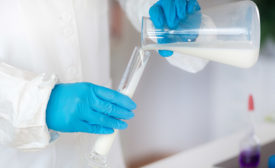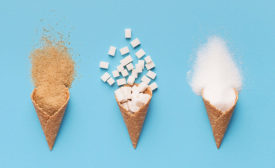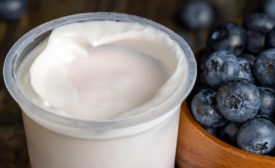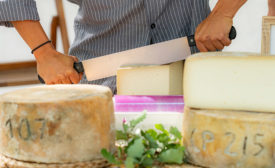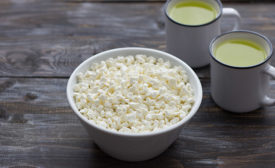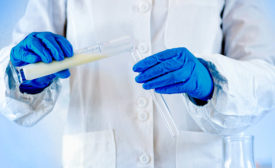Dairy Foods Columnists
Almond and oat are the two most popular plant-based dairy alternatives for baristas.
Read More
Hygienic Zoning Control key to protecting dairy foods
Zoning enables dairy plants to prevent contamination and control materials and air flow.
February 23, 2024
How to manage economics with frozen desserts
Ice Cream industry advised to take a step back into the what, why’s, and how’s of achieving ongoing cost control and management.
February 19, 2024
All about A2, goat and sheep milk
Yogurts made with specialty milks offer the great nutritional properties of dairy, but they may also offer better digestibility to the consumers that need it.
February 12, 2024
Three servings of dairy daily promotes healthy aging
Aging results in a greater need for protein, calcium, potassium, and vitamins D and B12.TOPICS: Ingredients for dairy processors
February 7, 2024
Whole Milk for Healthy Kids Act is huge for the dairy industry
The U.S. House of Representatives approved the measure, with the Senate next.
February 5, 2024
Cheese judging versus grading in cheese competitions
Dissecting the differences: Cheese judging provides valuable feedback to cheesemakers
January 19, 2024
Repurposing food waste
Upcycled ingredients, whey from cheesemaking, oat milk byproducts have a second life in other products
January 12, 2024
How to create dairy proteins
Using genetic engineering, companies have developed technologies to produce specific proteins that are identical to the proteins that cows produce.
January 8, 2024
Get our new eMagazine delivered to your inbox every month.
Stay in the know on the latest dairy industry trends.
SUBSCRIBE TODAYCopyright ©2024. All Rights Reserved BNP Media.
Design, CMS, Hosting & Web Development :: ePublishing


